Science 4.7(C)
identify and classify Earth's renewable resources, including air, plants, water, and animals, and nonrenewable resources, including coal, oil, and natural gas, and the importance of conservation.
- Free Plan
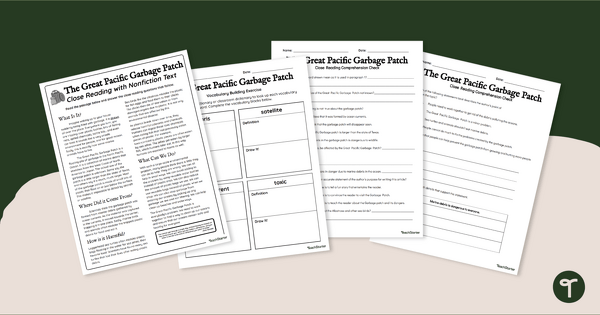
Comprehension Worksheets - The Great Pacific Garbage Patch
Read and learn about the Great Pacific Garbage Patch with a reading comprehension passage and worksheet pack.
- Free Plan
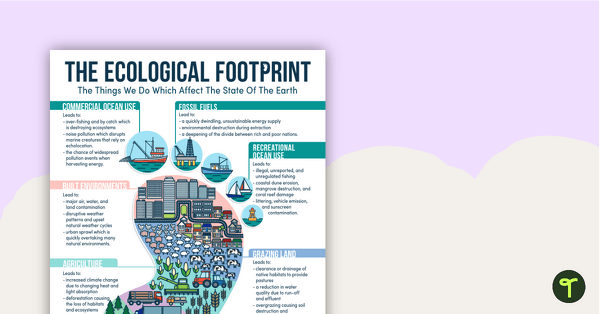
My Ecological Footprint - Reference Sheet
Teach your students about the things we do that affect the Earth with an ecological footprint reference sheet.
- Free Plan
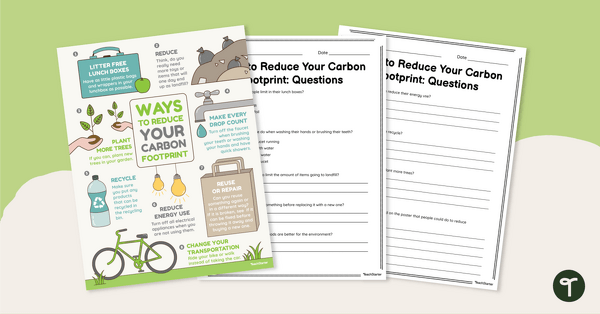
Ways to Reduce Your Carbon Footprint – Poster and Worksheet
Explore how to reduce your carbon footprint with this poster and accompanying comprehension worksheet.
- Plus Plan
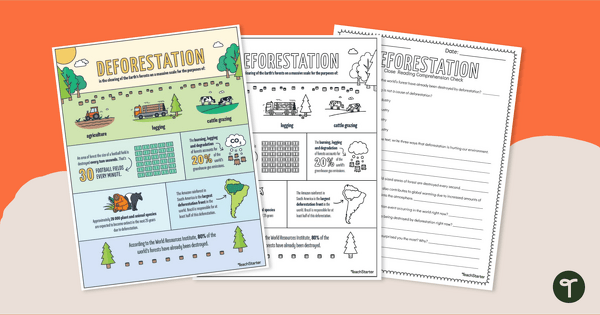
Deforestation-Infographic Analysis Activity
Read and understand an infographic about Deforestation with a thought-provoking poster and comprehension questions.
- Plus Plan
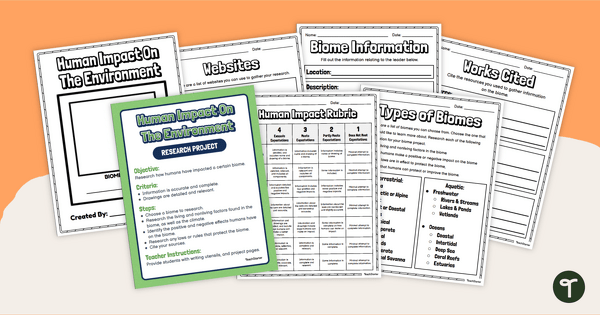
Human Impact on the Environment-Research Project
Uncover how humans positively and negatively impact the different biomes around the world with a guided research project.
- Free Plan
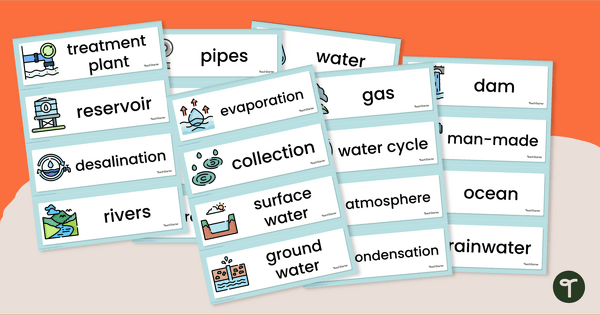
Water Cycle Words - Illustrated Word Wall
Boost vocabulary skills and understanding with an illustrated water cycle word wall.
- Plus Plan
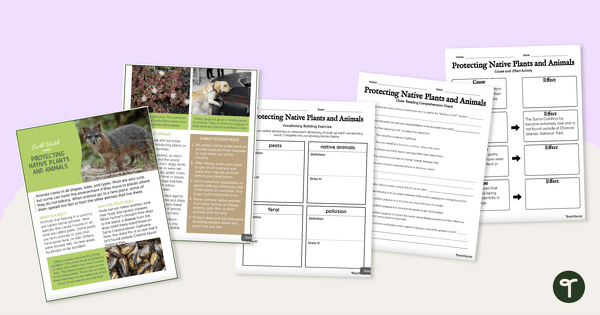
Protecting Native Plants and Animals – Comprehension Worksheets
Build comprehension skills and learn about human impact on ecosystems with a reading passage and worksheets.
- Plus Plan
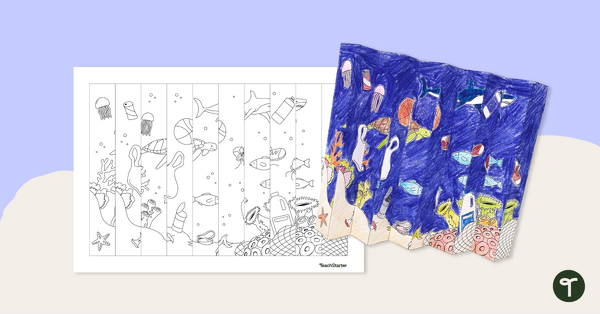
Ocean Pollution Art Activity
Inspire discussions about ocean pollution and environmental impact with an Earth Day art project.
- Free Plan
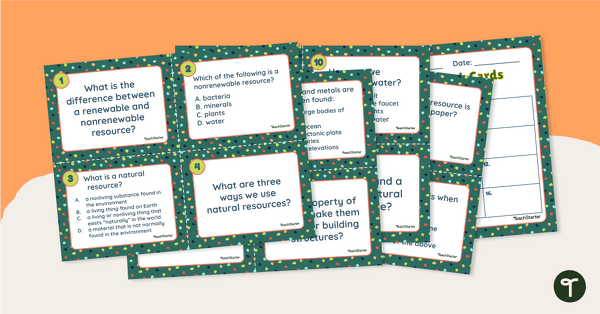
Natural Resources Task Cards
Answer questions about natural resources and their uses with this set of 16 task cards.
- Free Plan
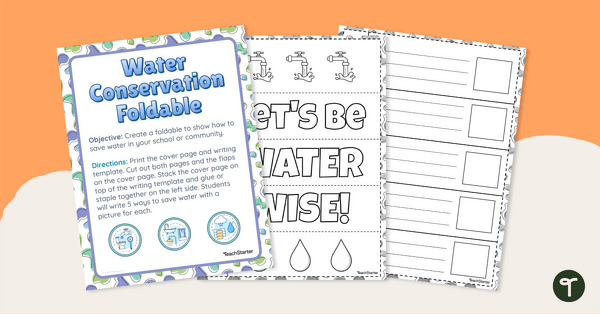
Water Conservation Foldable
Display different ways to save water with this water conservation foldable.
- Plus Plan
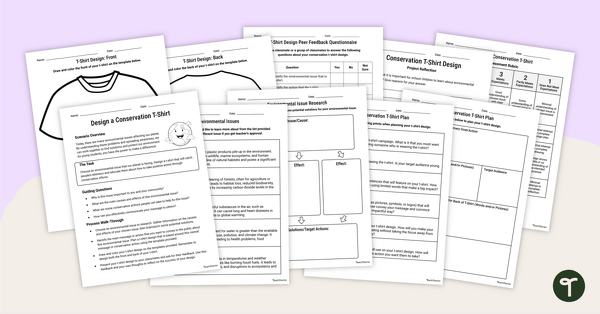
Design a Conservation T-Shirt – Inquiry-Based Project
Use this conservation project to teach your students about how to ignite positive change in the face of a global environmental crisis.
- Plus Plan
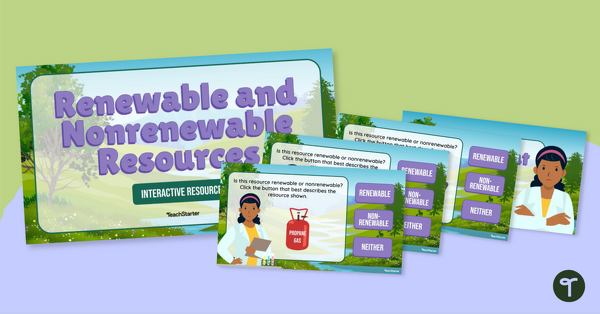
Renewable or Nonrenewable? Earth's Resources Game
Investigate the differences between renewable and nonrenewable resources with a self-checking interactive science game.
- Plus Plan
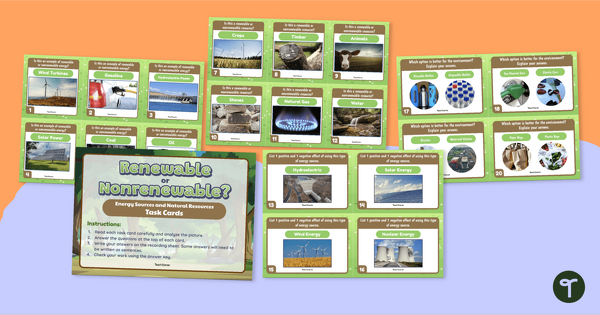
Renewable or Nonrenewable? Earth's Resources Task Cards
Identify natural resources and Earth’s energy sources with a set of 24 renewable and nonrenewable resource task cards.
- Plus Plan
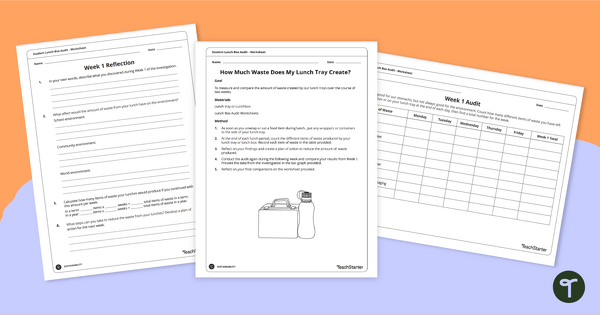
How to Reduce Waste - School Lunch Project
Investigate the waste produced from school lunches and create a plan of action to reduce waste with a school lunch waste analysis project.
- Plus Plan
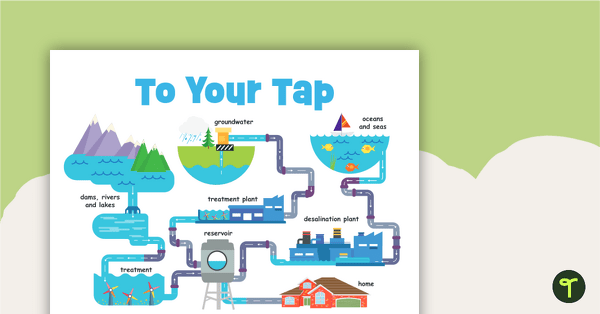
To Your Tap - Water Poster
Display the process that water goes through to get to your tap with a printable poster.
- Plus Plan
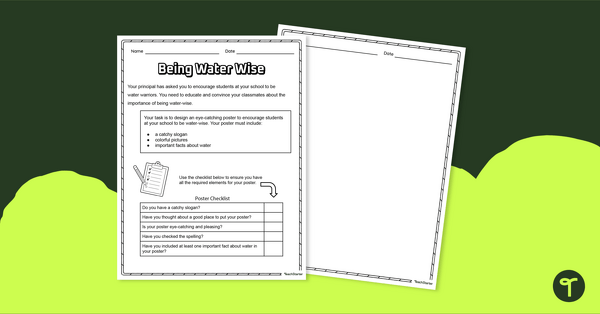
Being Water Wise - Saving Water Poster Project
Learn and demonstrate knowledge about water conservation with a "Being Water Wise" poster project.
- Plus Plan
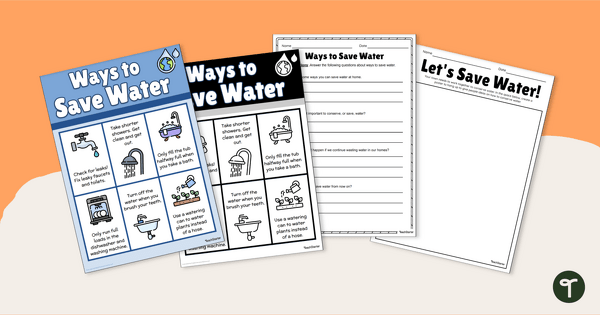
How to Save Water Poster and Worksheet Pack
Teach your students ways to save water with a printable poster and worksheet pack.
- Plus Plan
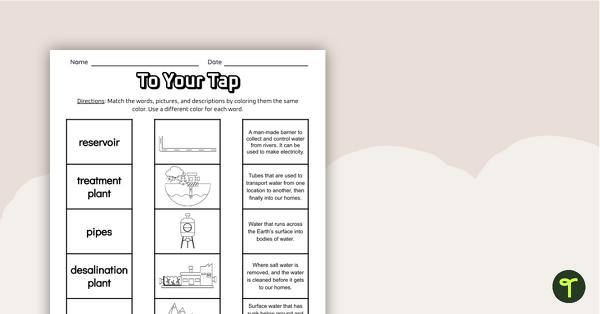
To Your Tap - Water Worksheet
Identify the places where water travels before entering homes with a vocabulary-matching worksheet.
- Plus Plan
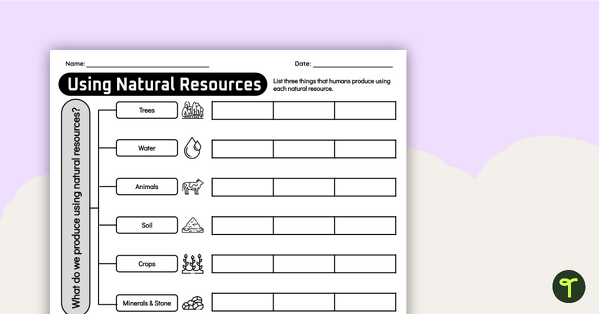
How Do We Use Natural Resources? Concept Map Worksheet
Help your students uncover the ways that humans use natural resources with a concept map.
- Plus Plan
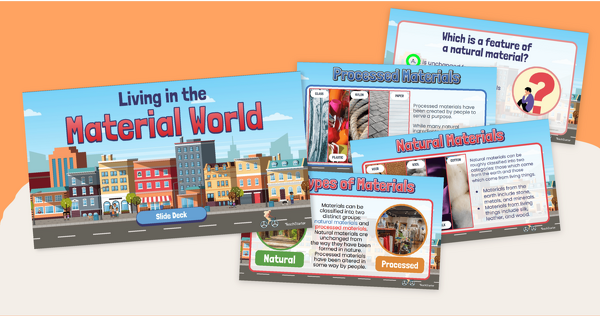
Natural and Processed Materials – Earth's Resources Slide Deck
Discuss processed and natural materials and their differences with an instructional slide deck.
- Plus Plan
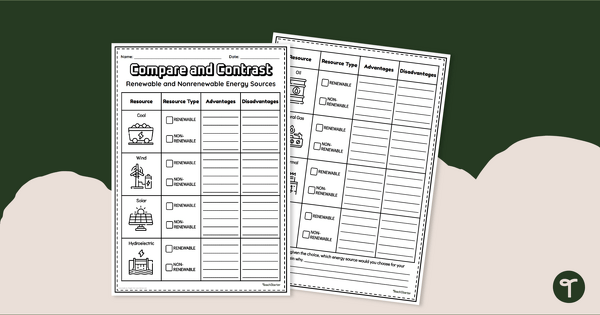
Comparing Energy Sources Worksheet & Graphic Organizer
Compare and contrast different types of renewable energy sources with a printable graphic organizer.
- Plus Plan
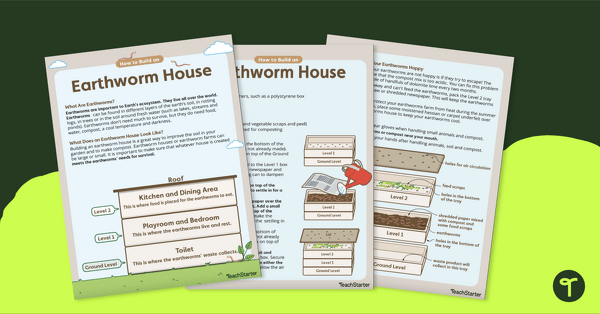
How to Build an Earthworm House Project
Learn to build an earthworm house with a step-by-step instructional guide.
- Plus Plan
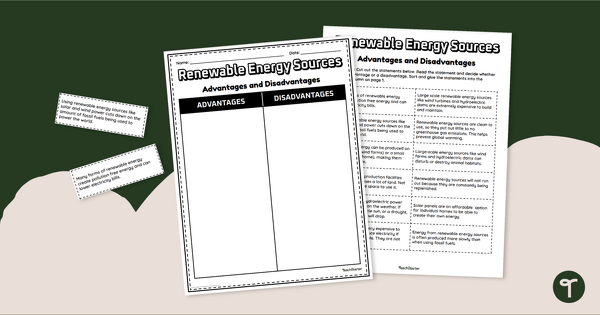
Advantages and Disadvantages of Renewable Energy Worksheet
Discover the advantages and disadvantages of renewable energy sources with a cut-and-paste sorting worksheet.
- Plus Plan
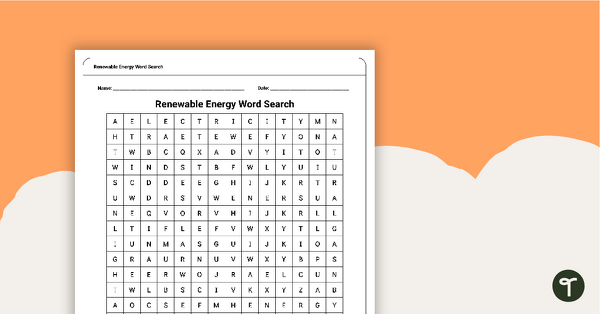
Renewable Energy Word Search
Review science vocabulary terms with an engaging renewable energy word search.
- Plus Plan
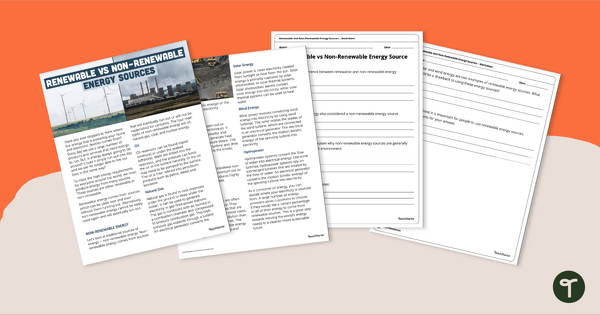
Renewable vs. Nonrenewable Energy Sources Worksheets
Discover the difference between renewable and nonrenewable energy sources with a comprehension passage and worksheet.
- Plus Plan
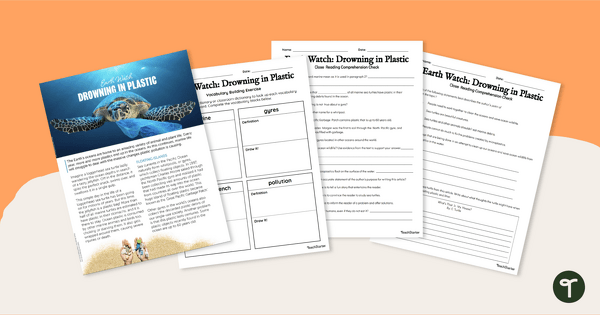
Earth Watch: Drowning in Plastic - Comprehension Worksheet
Practice reading comprehension skills and learn about microplastic pollution in our oceans with a reading comprehension activity.
- Free Plan
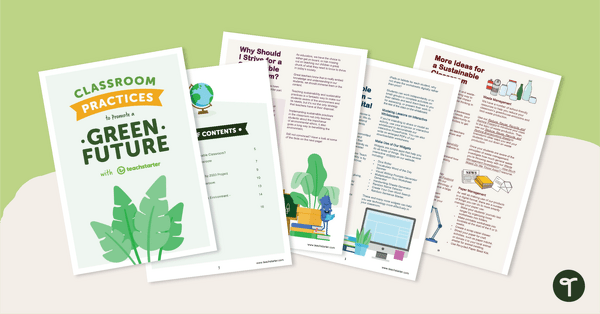
Classroom Practices to Promote a Green Future - A Teacher's Guide
Create a more sustainably-friendly classroom with this 18-page teacher's guide.
- Plus Plan
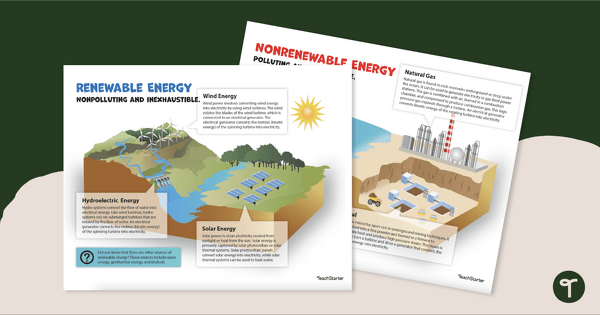
Renewable and Nonrenewable Energy Sources - Anchor Charts
Examine renewable and nonrenewable energy sources, including wind energy, hydro energy, solar energy, natural gas, oil, and coal with a pair of printable posters.
- Plus Plan
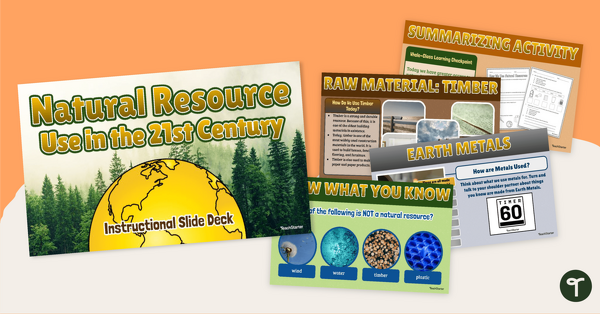
Natural Resource Use - Instructional Slide Deck
Explore how natural resources are used by humans in the 21st century with an instructional slide deck.
- Plus Plan
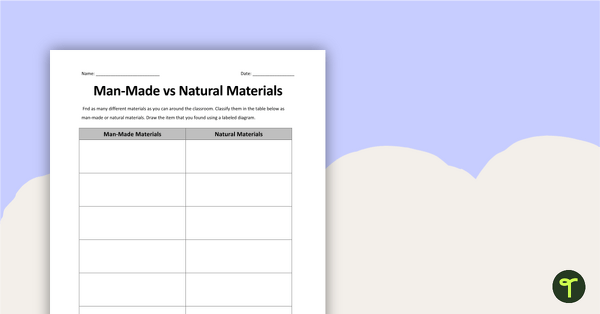
Man-Made vs Natural Materials Worksheet
Move around the classroom and identify different examples of manmade and natural materials with a gallery walk worksheet.
- Plus Plan
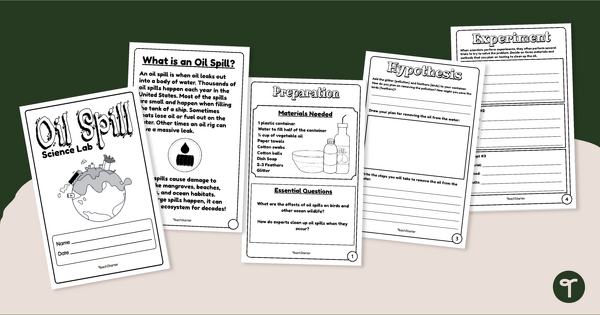
Oil Spill Science Experiment
Investigate water pollution and discover the effects of oil spills on wildlife with a hands-on science lab!
- Plus Plan
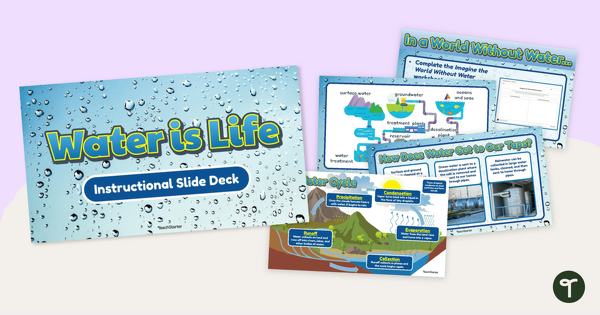
Water is Life - Instructional Slide Deck
Learn about the importance of water to life on Earth, along with where our water comes from, with an instructional slide deck.